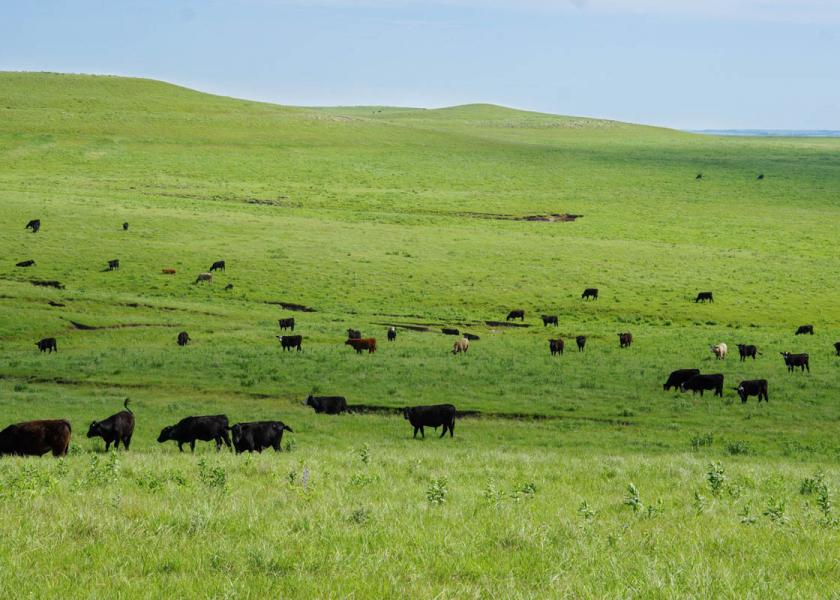Peel: A Brief History of Cattle Cycles

The cattle cycle is perhaps the most iconic characteristic of the U.S. cattle industry. Cattle cycles emerged as the ranching industry developed in the late 1800s. Cattle inventory data shows that the number of cattle in the U.S. was 28.6 million head in 1867, just after the Civil War. Cattle numbers expanded continuously to 60 million head by 1890, the first cyclical peak.
Cattle numbers liquidated to 49.2 million head by 1896 before expanding again. This was the first of continuous cattle cycles, which have continued since. Cattle cycles can be measured from peak to peak or trough to trough. There have been a total of 12 cyclical peaks and 11 cyclical troughs since the first peak in 1890. Often described as a “ten-year cycle”, the time between peaks and between troughs has averaged 12.8 years.
Cycles have been a feature of the cattle industry regardless of whether the industry is trending larger or smaller. Cattle inventories trended higher from 28.6 million head in 1867 to 132.0 million head in 1975, an increase of 361% over 108 years. Cattle inventories have trended generally lower since 1975. The 2021 inventory of 93.6 million head is down 29.1 percent from the peak in 1975 but is 226.8 percent higher than the 1867 level.
Cattle cycles reflect a variety of drivers that affect the cow-calf sector, the primary supply source for the industry. Most important among these drivers are changes in calf prices that determine cow-calf sector revenues, but input price changes that likewise impact returns can also drive cattle cycles. Periodic droughts can provoke or prolong cyclical liquidation and have multi-year impacts on cattle industry trajectory.
Cattle cycles continue to be a regular feature of the industry for several reasons. It takes rather exaggerated price signals to encourage the cow-calf sector to change course and the lengthy biology of cattle production makes changing course a slow process.
Perhaps most important is the interaction between production and reproduction in the cattle industry. Since cattle have offspring one a time, the process of expanding production when inventories are too low means that tight supplies are made even tighter to retain heifers for increased production and likewise too much supply is made even larger in the short run as more cows are culled and fewer heifers are retained for production.
The latest cyclical expansion from 2014 – 2019 was the first significant cyclical expansion since the period from 1990-1996. A muted cycle from 2004-2007 resulted in very little expansion before more liquidation to 2014. Cattle inventories declined 15 of 18 years from 1996 to 2014. The most recent cattle cycle began with an inventory low of 88.24 million head in 2014 with cattle numbers increasing to 94.8 million head in 2019.
Modest cyclical liquidation in 2019 and 2020 brought cattle inventories down to 93.6 million head in January 2021. Herd liquidation is being exaggerated by drought in 2021. It is not clear exactly how much and how fast the industry will liquidate going forward but cattle cycles continue to be an important fundamental feature affecting cattle markets in the U.S.







